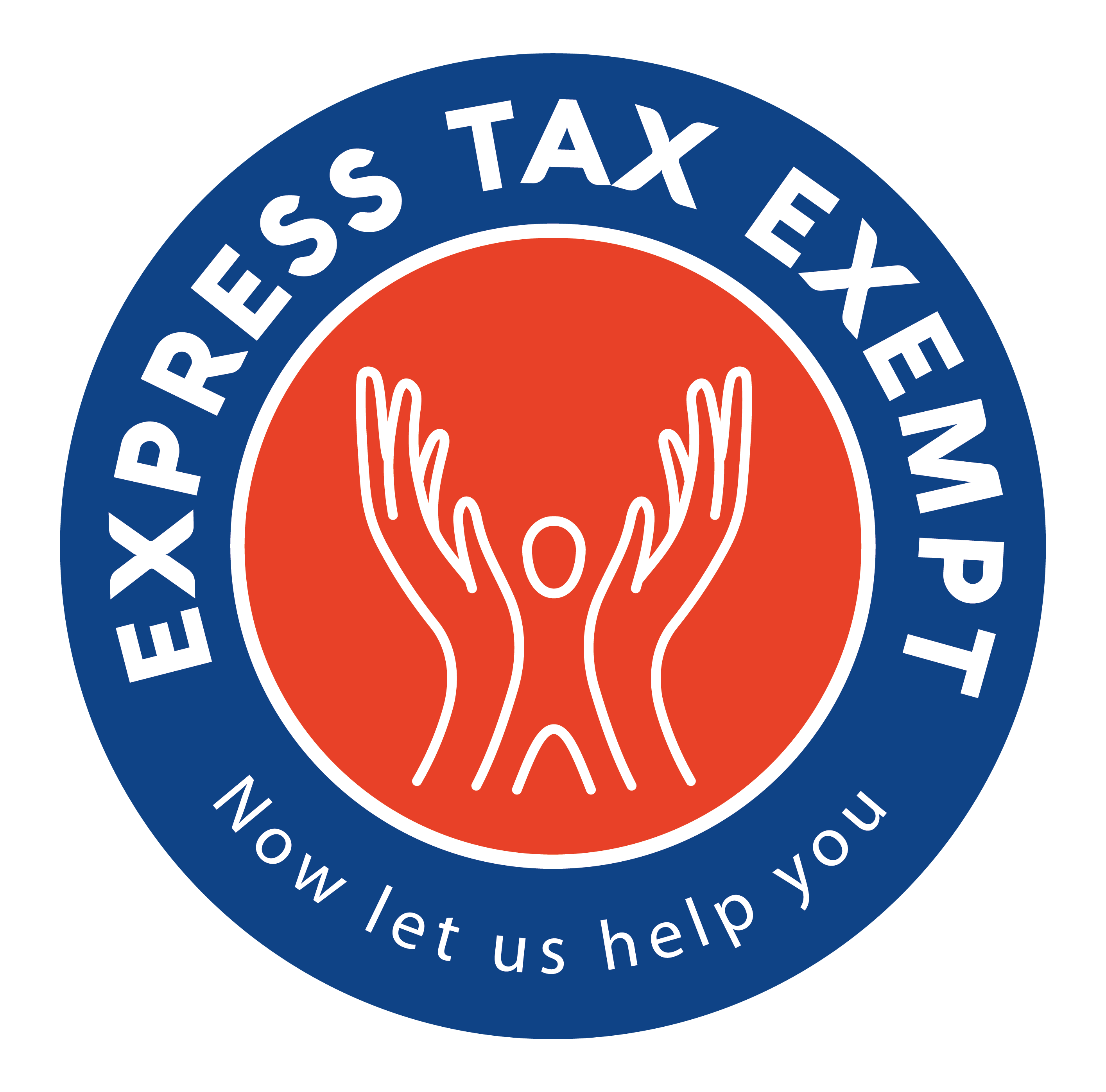Public Charities vs. Private Foundations
Do you like to compare particular subjects to see how they differ? I know I do. Quick story: It was an ordinary Tuesday at Express990, nothing exciting was happening in the wonderful world of nonprofit tax filings. To continue on the path of Nonprofit Tax Knowledge, I was reviewing some very informative Form 990 series literature. Then suddenly, a question popped in my head; how do public charities differ greatly from private foundations? What types of 990 forms would they file? I quickly jumped on the research train to answer these pressing questions…
What is the relationship between public charities & private foundations?
Public charities and private foundations are often separated by who they benefit. Public charities benefit the public at large or a specific group of people. They also typically receive donations from many donors of varying amounts. Private foundations are founded for the benefit of one person or few people, such as a scholarship fund. Likewise, private foundations are often funded by a few donors with consistent amounts.
What 990 form would need to be filed for a public charity vs. a private foundation?
Public charities, like section 501(c)(3) and other 501(c) organizations, file one of three forms: 990-N, 990-EZ, or 990. These three forms are dependent on the amount of gross receipts or total assets. Organizations with $50,000 or less in gross receipts may file the 990-N (e-Postcard) while organizations with less than $200,000 in gross receipts, and less than $500,000 in total assets, may file the 990-EZ. Any organization that goes over these amounts must file the entire Form 990.
Private foundations, unlike the previously mentioned public charities, have their own 990 Series form: Form 990-PF. This form does, however share the same “15th day of the 5th month after the end of the tax period” rule with the rest of the Forms 990.
Extra tidbits about Public Support
The IRS determines the exempt categorization of exempt organizations based on what it calls “Public Support Tests.” There are two public support tests: the first one is for organizations described in Sections 509(a)(1) and 170(b)(1)(A)(vi) of the Internal Revenue Code. The second is for organizations described in Section 509(a)(2). Both of these tests measure public support over a 5 year period and hinge on 1/3 of support from contributions rule, meaning that the organization must receive at least a third of its support from public contributions. Section 509(2)(a) organizations can receive no more than 1/3 of their support from gross investment income and unrelated business taxable income.
There is a notable difference between public charities and private foundations. If you are looking at them definition wise, remember public charities receive donations from many donors of varying amounts and private foundations are funded by a few donors with more consistent amounts. Another difference is the type of 990 forms they file. The only thing they have in common is the “15th day of the 5th month after the end of the tax period” rule for filing.


